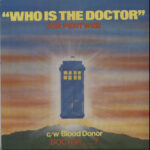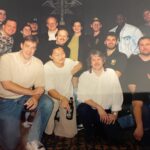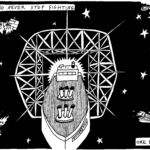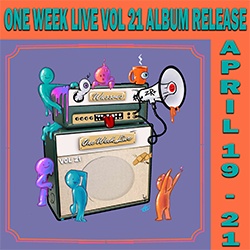More thoughts on Duluth neighborhoods
All of the recent postings have reignited my interest in our city’s neighborhoods. Their unique aspects are really interesting. And there are so many things I still don’t know, even after living here for 20+ years.
For instance, I lived here for 15 years before I ever saw the Granitoid Park, which commemorates the first quasi-cement roads in the State of Minnesota. Yes, those original roads are still here, which is so neat! I found out that they look like cobblestone because the horses could walk more easily on these types of roads in winter. Anyway, this monument is behind Woodland Middle School at Irving Place and Seventh Street, and the actual Granitoid paves Seventh Street and surrounding driveways/streets.
Along this road, there are some stunning old homes from the turn of the past century. Most are very well maintained, with big, huge trees, and are beautiful to see.
Please post if there is something particularly historical/unique/neat about your neighborhood.
Recommended Links:
Leave a Comment
Only registered members can post a comment , Login / Register Here













23 Comments
The Big E
about 10 years agohbh1
about 10 years agoemmadogs
about 10 years agohbh1
about 10 years agoBarrett Chase
about 10 years agoemmadogs
about 10 years agohbh1
about 10 years agoemmadogs
about 10 years agoemmadogs
about 10 years agoTony D.
about 10 years agobrian
about 10 years agoPaul Lundgren
about 10 years agobrian
about 10 years agohbh1
about 10 years agohbh1
about 10 years agoemmadogs
about 10 years agobrian
about 10 years agohbh1
about 10 years agohbh1
about 10 years agobrian
about 10 years agoTony D.
about 10 years agobrian
about 10 years agohbh1
about 10 years ago